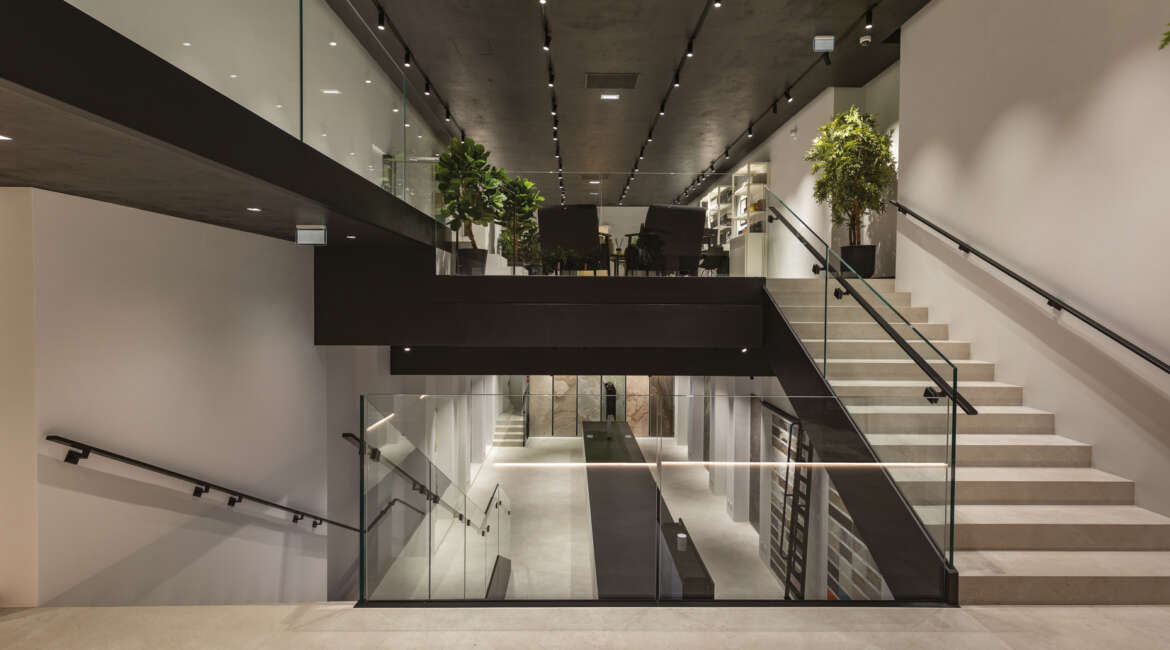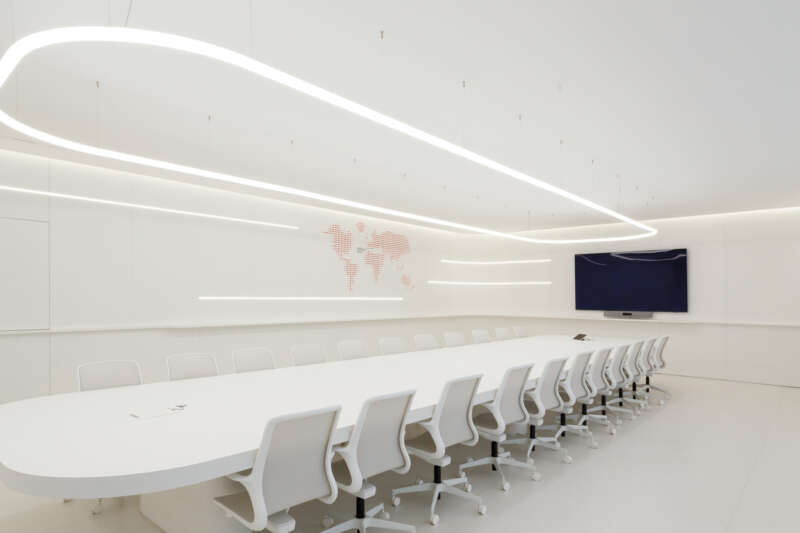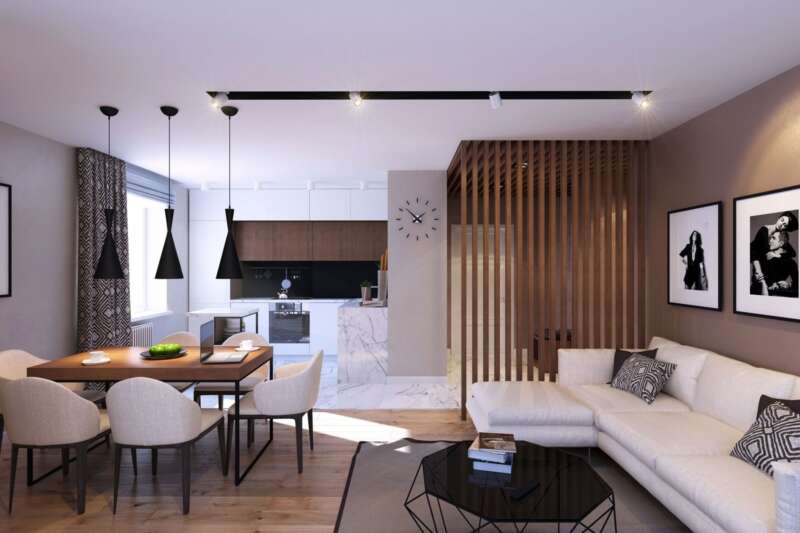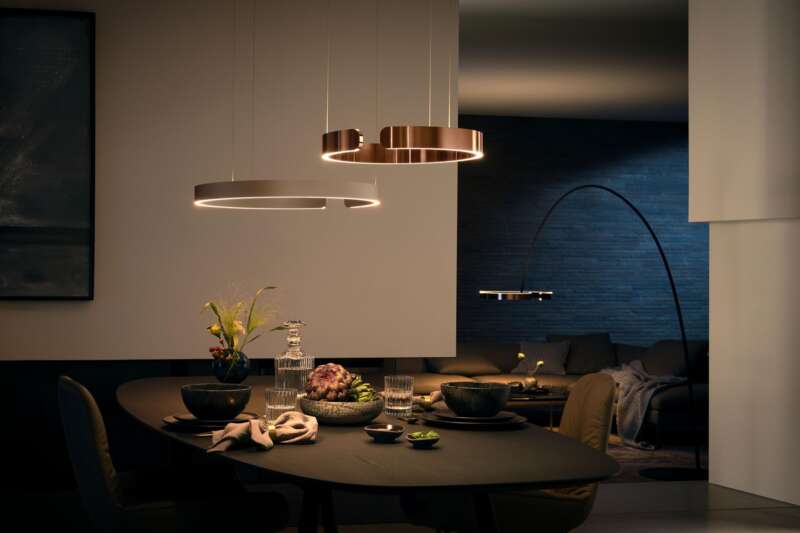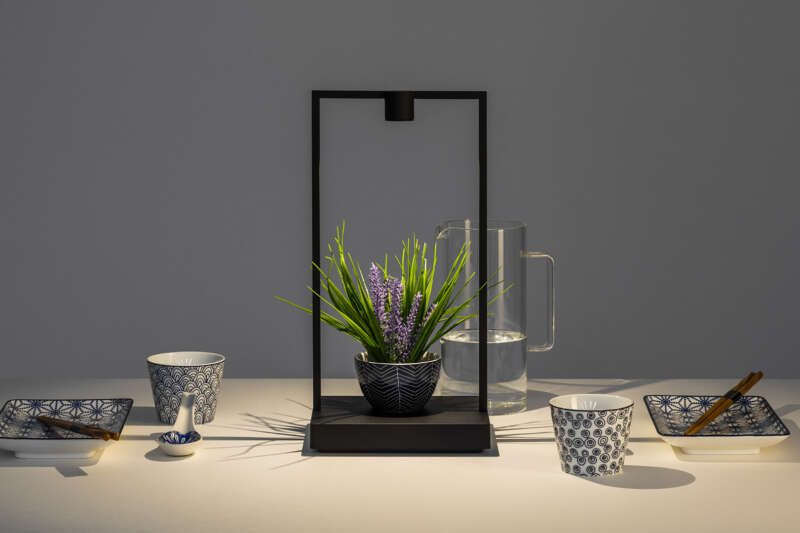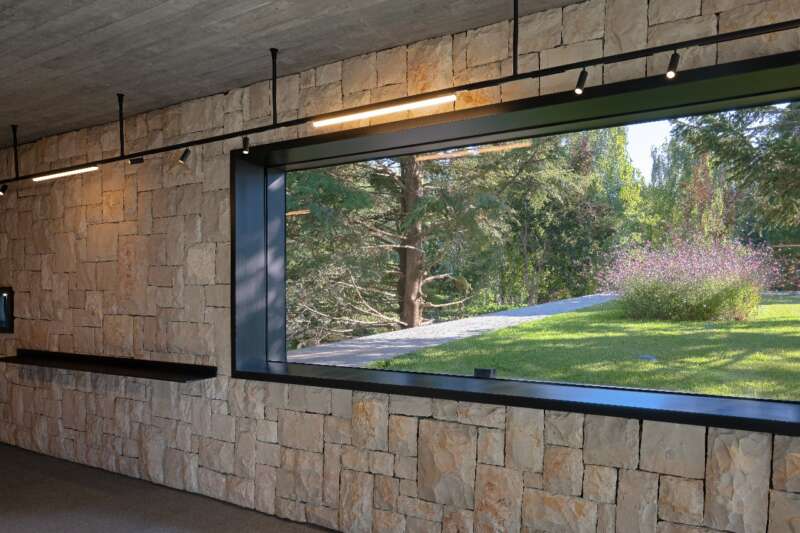Enhancing Atmosphere with Lighting Design
By delving into insights from Lighting Masterminds, up-to-date trends, and breakthroughs in LED technology, you’ll view your environment through an entirely new light where lighting meets Art in an intricate dance that effortlessly combines functionality and aesthetics, and explore the secrets of how thoughtful lighting can transform mundane spaces into spectacular experiences.
Good lighting design goes beyond just making a space look aesthetically pleasing. It can have biological and physical effects that impact human health and well-being, such as stabilizing circadian rhythms, improving mood, and contributing to better sleep. Additionally, effective lighting distribution can create brighter and more spacious rooms by eliminating shadows and harsh lighting. Collaborating with a lighting designer from the start of a project ensures everyone is on the same page, leading to a smoother project and better end result. Overall, good lighting design improves productivity in work environments and enhances customer experience in hospitality settings.
Creating the optimal lighting effects
In the realm of design, lighting plays a crucial role in creating and enhancing the desired atmosphere. Whether it’s an intimate restaurant, a cozy living room, or a vibrant art exhibition, lighting design has the power to transform spaces, evoke emotions, and engage our senses. By strategically utilizing different lighting techniques, designers can shape the ambiance and aesthetic of any environment.
A well-designed space considers the overall concept and purpose it aims to achieve. The lighting elements should be harmoniously integrated into the design to enhance the desired atmosphere. For example, in a romantic restaurant setting, soft ambient lighting can create a warm and intimate atmosphere that encourages relaxation and connection. On the other hand, in a dynamic retail environment, bright and energizing lighting can stimulate excitement and urgency for customers.
Ambient lighting is just one aspect of creating atmosphere through lighting design. Layered lighting using ambient, task, and accent lighting techniques further enhances the desired effect. Ambient lighting provides overall illumination to the space, while task lighting focuses on specific functional areas such as workspaces or reading corners. Accent lighting draws attention to particular features or objects within a room, adding depth and visual interest.
By thoughtfully combining these different layers of light, designers can bring out the best in a space while evoking specific emotions or setting a particular mood. This attention to detail creates memorable experiences for those who occupy these environments.


